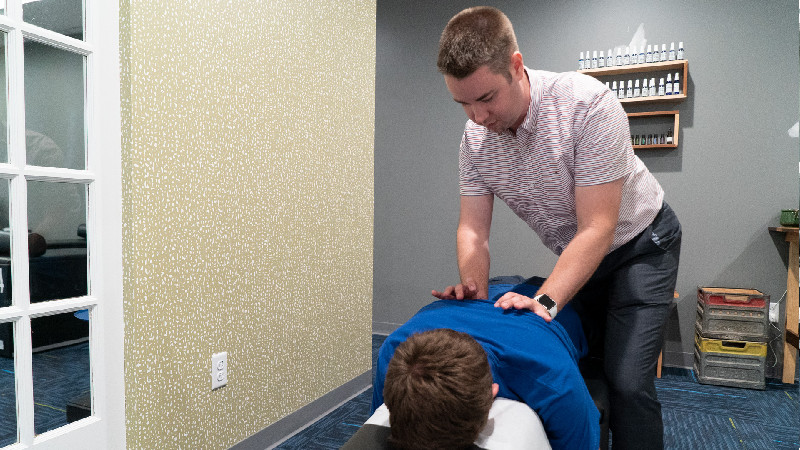Is radon dangerous?
Exposure to radon could lead to cancer. Breathe in enough over the next few years, and you will exponentially increase your chances of developing lung cancer. That’s more than enough reason to keep yourself and your family safe from radon poisoning.
How much is too much?
Dangerous levels of radon refer to those that are about or above 4 picocuries per liter of air. To determine how much radon in water system there is, hiring pros to test and inspect your system is a must.
Do I need regular inspections?
While the EPA doesn’t recommend any action for levels about 2 picocuries per liter, radon levels can grow over time. Having low radon levels now isn’t a guarantee that these won’t change. Regular inspections can help you keep an eye on radon content in your home to make sure it stays well under dangerous limits.
Can I use a home test kit?
Yes, you can. To make sure the results are accurate, be sure to follow these tips:
* Read the instructions carefully, advises the Oregon Health Authority. Read until the end before you start anything too. That way, you’ll have a good idea how the steps will go.
* Do it in the lowest livable area. That means your first floor. If you have a basement and you use it regularly, that will do as well.
* Close the windows and doors. Keep them shut during the testing. Minimize traffic into the house.
* Stay away from humid areas. Pick a good spot for the test kit. Anything that’s near high heat, drafts or exterior walls should be avoided.
* Send it right away. Don’t wait too long before you send the test kit to the laboratory. They should reach the lab within 8 days after testing has been completed. Failure to do so can compromise the results of the test.
If the lab results point to high levels of radon in a water system, consider mitigation system options and have one installed to reduce those levels. For more information, contact SWAT Environmental.


